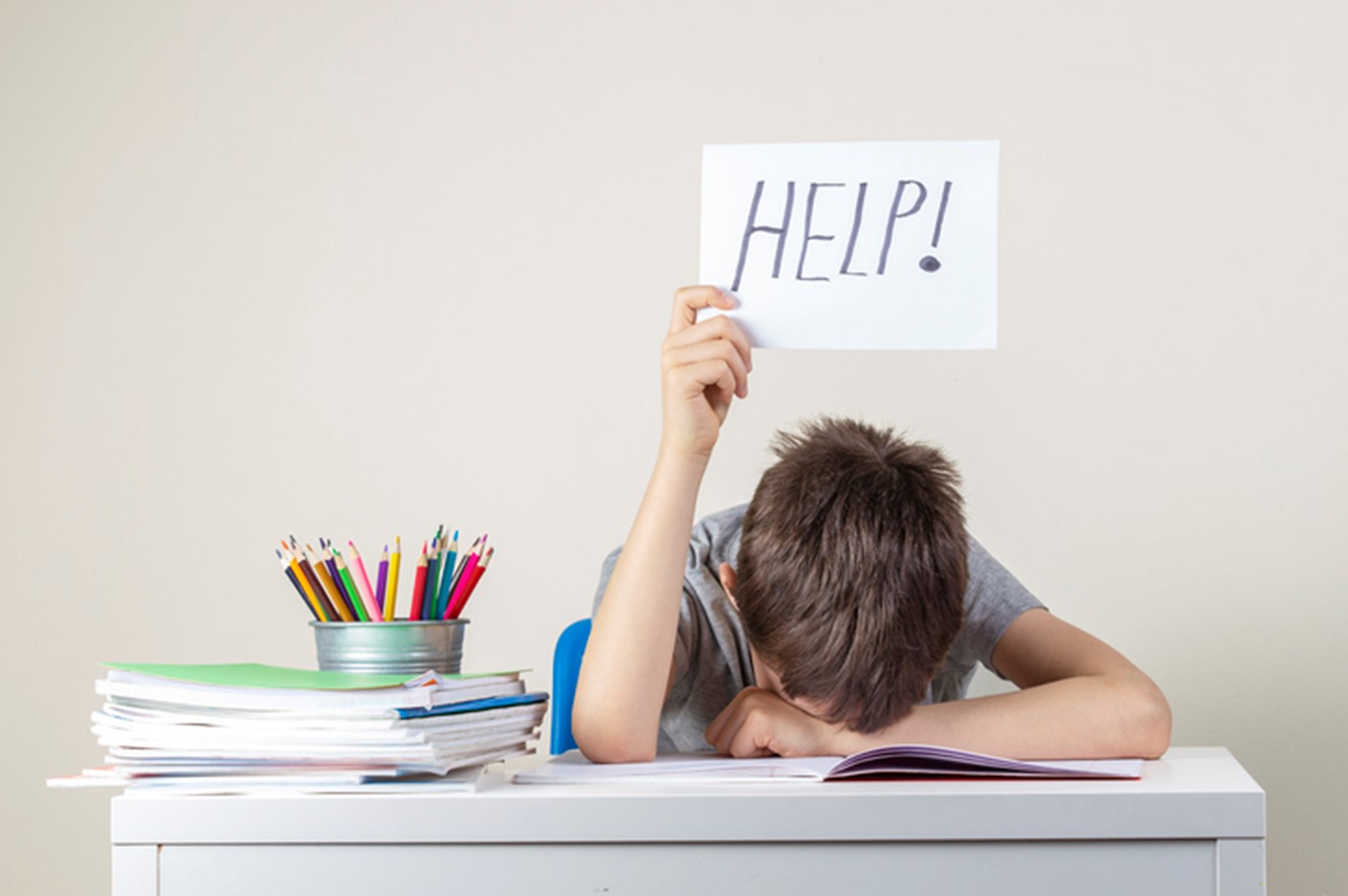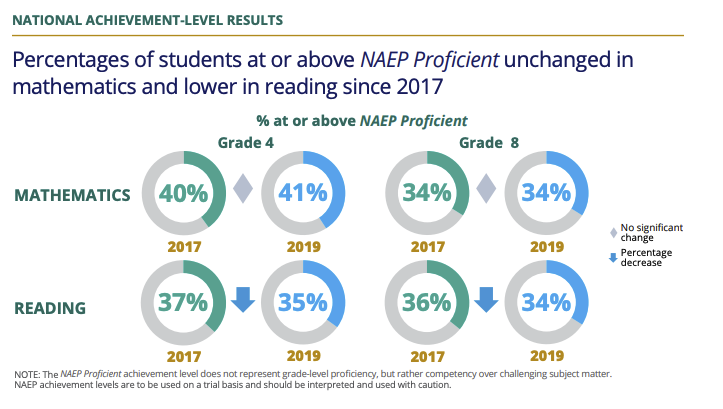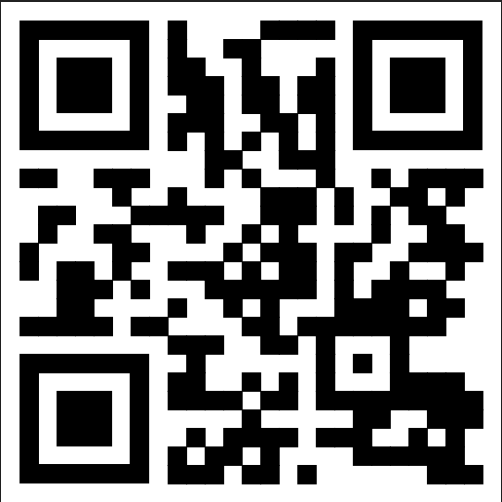Students in modern day classrooms are being tested at an un-precedented rate. The constant pressure to perform on high-stakes standardized testing is leaving students, stressed out and overworked. It is time for teachers to move away from these strict formal assessments and to prioritize frequent, low-pressure informal assessments in the classroom.

Informal assessments allow teachers to do quick check-ins of student knowledge without administering a traditional standardized test. Informal assessments offer a way to authentically, accurately, and frequently evaluate student knowledge without surfacing the negative effects of standardized testing. One example of an informal assessment- the exit ticket method- is a perfect example of how informal assessments can be an asset to educators. This blog will unpack the uses and benefits of exit tickets while specifically examining how they can be implemented in an elementary math classroom.
What is an exit ticket?
An exit ticket is a quick, brief, informal assessment of student knowledge. Exit tickets are a tool that educators use to see how students are doing with a specific lesson, skill, or concept. The name for this assessment plays on the fact that it can be seen as a student’s “ticket” to leave the classroom or move on after a lesson.
Exit tickets are typically just one or two questions. The content on an exit ticket should be directly related to the content taught that day. It can be straight forward, such as
“Solve the following problem and show your work. What is the sum 0f 23 and 16?”
Or, it can be open ended, such as
“What is one thing you struggled with in class today?”
Like all informal assessments, the goal of an exit ticket is to determine where students are in their learning progression. An exit ticket should let you know who is mastering content, who is struggling, what mistakes students are making, and what you may need to focus on when the following lesson is presented. Over time, informal assessments like exit tickets can allow educators to track and monitor student growth.

How can exit tickets be used in an elementary math classroom?
When implemented properly, exit tickets can be an incredible tool for educators to evaluate student performance over time and across learning standards. Let’s take a look at how a third-grade math teacher would implement an exit ticket into their routine.
- Step 1: Plan
Exit tickets should be tailor made to fit the lesson or concept that is being taught each day. They do not have to be cumulative or extra challenging- just a simple check to see if the student has mastered the task. For example, a third-grade math teacher, is teaching a 3-day unit on using models to solve single-digit multiplication problems. She planned one exit ticket for each day of the unit, making sure the ticket each day aligned with the day’s learning goals. Here are the exit tickets she created.
Day 1:
| Name: ______________________________________ Use an array to solve the following problem: 4 x 3 = ? |
Day 2:
| Name: _____________________________________ Use equal groups to solve the following problem: 5 x 2 = ? |
Day 3:
| Name: ______________________________________ Use an array to solve the following problem: 7 x 6 = ? |
Each exit ticket is only one question and checks for mastery of a specific skill. The teacher will now teach each lesson as normal but give each student an exit ticket when the lesson is complete.
- Assess:
The key to effectively implementing exit tickets is to be consistent in delivery. Daily exit tickets will be most effective in monitoring student progress, especially when given in the same way. This teacher chooses to pass out the exit tickets, set a 3-minute timer, and allow students to complete the work. Extra time is not given as the point is to quickly see whether or not students clearly understand the concept. Her students go to PE directly after math class, so she has them line up with their exit tickets and collects each one as they leave the door. This system is easy, consistent, and also fun for students. Educators can create their own routine that works for them, but consistency is key!
- Review:
Exit tickets should be graded the same day they are given. The great thing about exit tickets is that grading only takes a few minutes since they are only one or two questions and every ticket has the same answer. Once graded, they will provide valuable information on what students are struggling, what errors students are making, and whether or not you need to adjust whole-group or small-group lessons the next day to address possible errors.
How can educators monitor progress over time through exit tickets?
Consistent use of exit tickets can be one of the most informative tools out there when it comes to tracking progress over time. With just 1 quick question a day, educators can see if students are making growth on certain concepts or standards. Additionally, they can look back and see what review each child may need.
The easiest way to do this is by having a gradebook or portfolio where you record exit ticket answers. A digital portfolio, such as the GRADED+ app, can be a huge asset to educators when it comes to exit tickets. Scanning and storing the exit tickets will easily give educators a hub to evaluate student performance. It is quick, streamlined, and focuses on actual student work and progress. Educators can not only look back to see scores with this app, but open up pictures of the actual work students did to review misconceptions and errors. This is a gold mine for educators to close learning gaps and increase academic advancement in the classroom. To learn more about tracking exit tickets with the GRADED+ app, please visit: https://www.solvedconsulting.com/graded.html.









